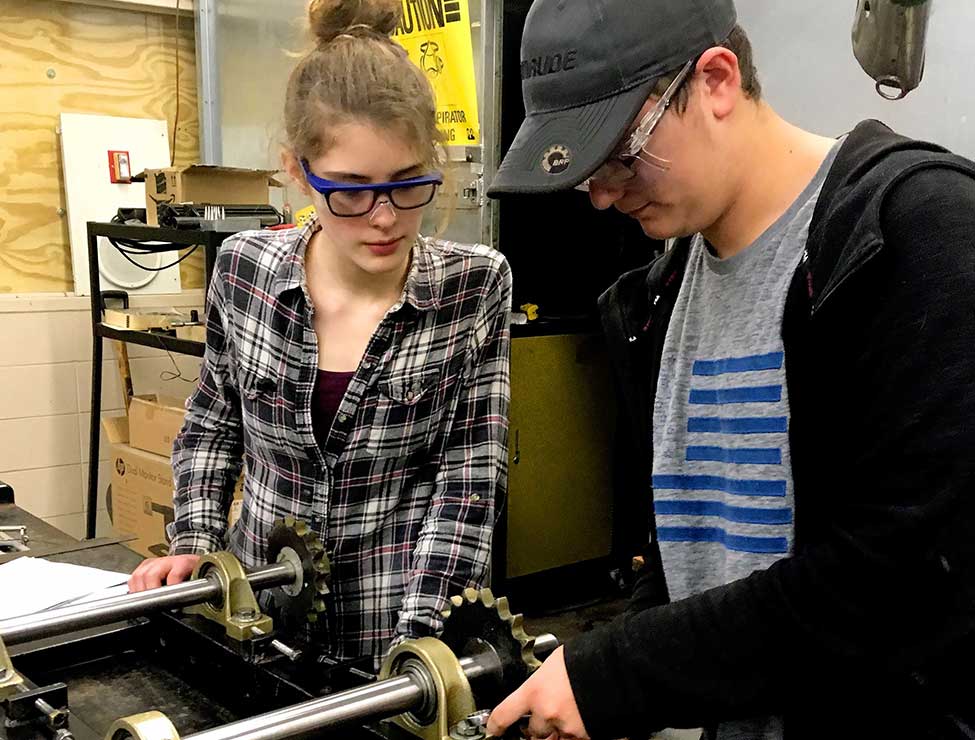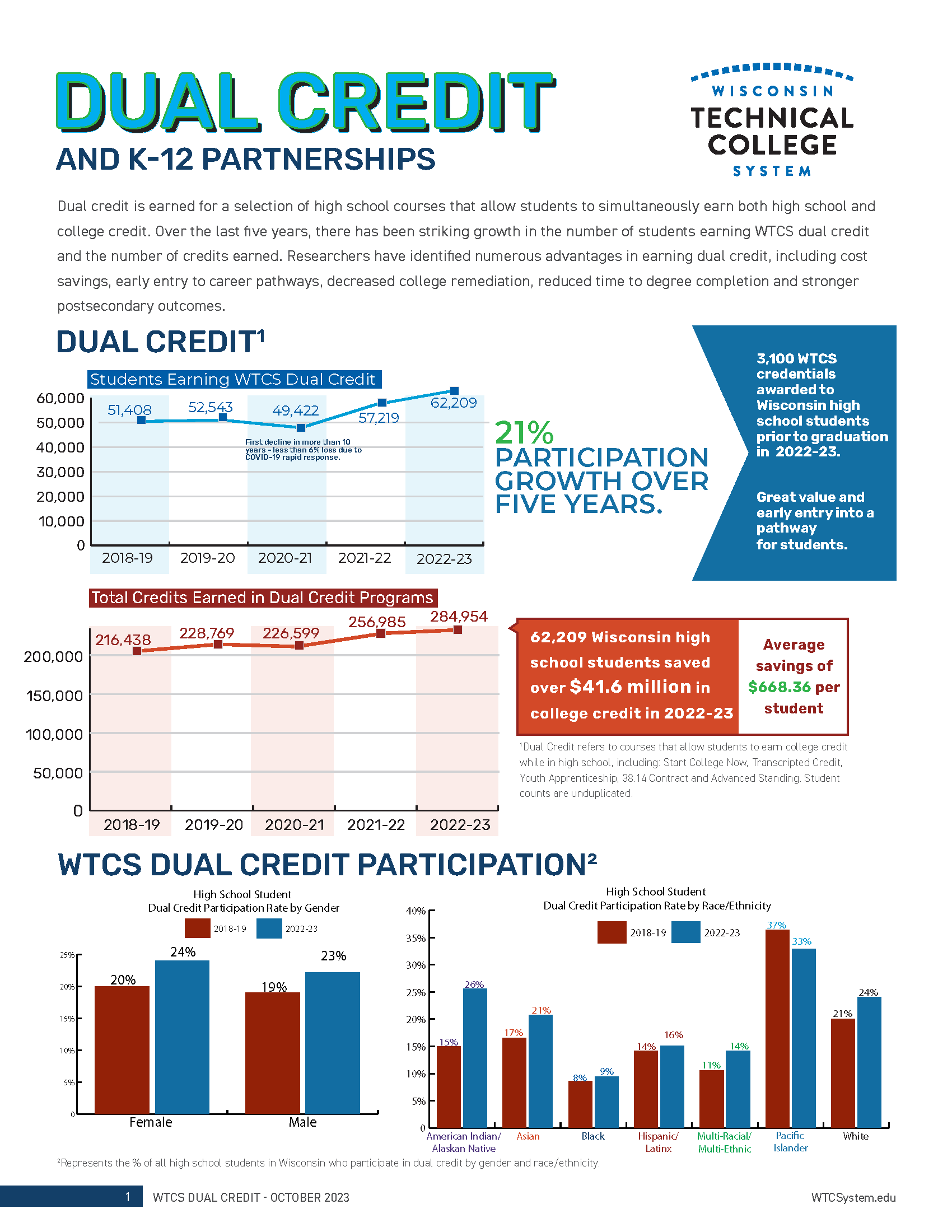
A primer on the dual credit options for students
As advisors to elementary and secondary students, school counselors have many opportunities to help students find inspiring ways to stay engaged and challenged in their studies, often without the student realizing that was the intent. Granted, not every student will qualify to enroll in dual credit opportunities; they must meet certain qualifications and be at least 16 years old. But dual credit is one of the most promising college and K-12 partnerships.




